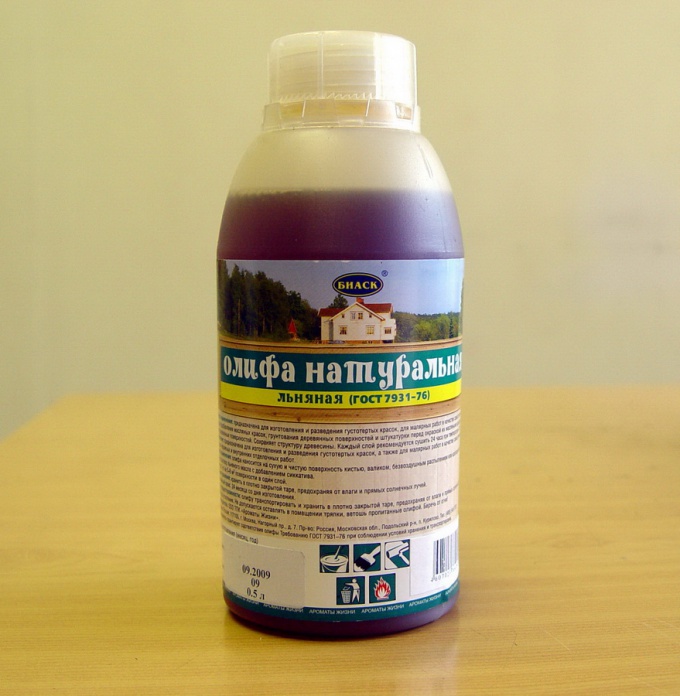You will need
- - gasoline;
- the solvent for oil paints;
- - white spirit;
- construction Hairdryer;
- - stain;
- - rags;
- - sponge.
Instruction
1
Almost any varnish removed from the surface with gasoline. To Moisten a large piece of cloth, apply a coating of linseed oil, after 15 minutes, again moisten the cloth and clean the linseed oil by rinsing. If the varnish applied to wood surfaces, you can remove only the top layer, as the composition penetrates deeply into the wood, and get it inside simply will not work.
2
Instead of gasoline you can use white spirit. Proceed in the same way. Moisten a large number of cloth and carefully apply on the surface. So do several times until the top layer of varnish will not be completely removed.
3
Instead these funds can use a solvent for oil paints. Apply the solvent to the rag, treat the desired areas from which you want to remove the varnish. Repeat the procedure several times.
4
Acetone is not suitable for removing varnish. As it has a composition, not a solvent oil paint, so try to wash off the varnish with acetone completely useless.
5
If you want to remove the varnishwithout using petrol, white spirit or thinner, then use construction Hairdryer. Heat small areas at a desired surface and immediately wipe the varnish with a dry rag.
6
For removal of stains from varnish from fabric: use one of the tools. Dampen the sponge, apply the medium to the cloth, leave for 20 minutes, wash the product in the usual way.
7
You can also use a stain remover for oily stains. But use it only in case if the oil is natural and is composed of resin, as resin stain remover is not displayed.
8
To remove fabric stains from linseed oil with the resin, only use benzine, thinner or white spirit. Apply on the stain twice. The first time you may not get the desired result.
